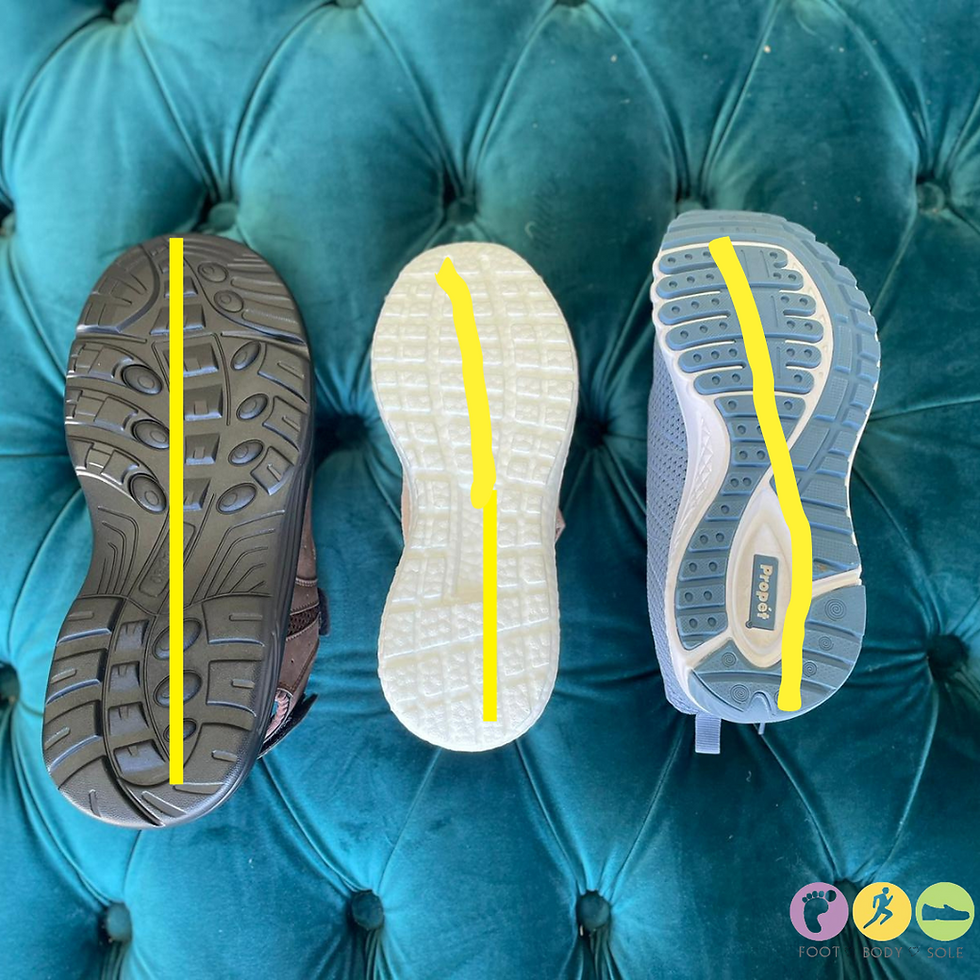Stress fractures
- Foot Body Sole
- Dec 9, 2019
- 2 min read

Stress fractures develop within bones over time and can be very painful. They are caused by excessive repetitive forces through the bone, causing small cracks.
Patients presenting with a suspected stress fracture will state that they have a dull aching pain in a very specific spot on the foot that worsens with exercise, remains whilst resting and may even keep them up at night. Bruising and swelling may also be present at the fracture site. The onset of pain is gradual, meaning it worsens over time.

Bones are constantly turning over their cells as part of their regeneration. In healthy bones, they will initially undergo a remodelling phase to cope with the stresses placed on it. Following this, they will move into the resorption phase whereby the cells are destroyed to make way for new ones and then restored. If the stresses placed on the bone are too high, the bone is unable to restore new cells and eventually weakens, making the bone more susceptible to stress fractures. Stress fractures can occur throughout the feet and are most common at the 2nd and 3rd metatarsals and the navicular.
There are a number of things that can cause a stress fracture including:
- a rapid increase in activity
- poor training surfaces
- bone weakness.
Women are more likely to suffer from a stress fracture than men. Those who participate is high impact activities such as athletics, netball, basketball and football are also at risk of a stress fracture.
If a stress fracture is suspected, we will send you for an X-ray for confirmation. However, stress fractures will not show for 2-3 weeks following the injury, therefore if they are not detected on the X-ray you may be sent for a CT scan or MRI.

Bone healing takes between 6-12 weeks depending on the severity of the fracture. If not treated properly the bone will eventually heal on its own, however it SIGNIFICANTLY increases your chance of re-injury to the site or injury elsewhere in the feet and may lead to osteoarthritis and pain in future.
Treatment options available for stress fractures include:
- CAM walker/Moon boot - This will offload the area whilst still allowing you to be mobile.
- Interferential therapy can help re-train the muscles in the foot and lower leg following the use of the moon boot.
- Shockwave/laser therapy can assist with pain management, healing and bone remodelling.
- Orthotics in the long term - these will help support the feet and redistribute the pressure away from the injured site.
- Changes to footwear to ensure the feet are adequately supported during activity.
If you or someone you know is suffering from a suspected stress fracture, come on in and see us here at Foot Body Sole! There are many treatment options available and we'd love to help you out!









Comments